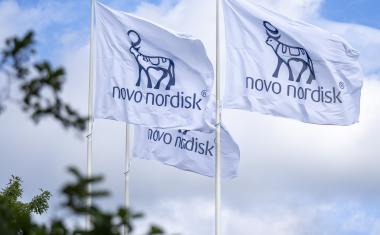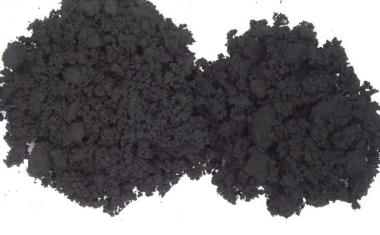Transatlantic Deal Simplifies Pharma Inspections

Regulators in the EU and the US have signed a transatlantic agreement to recognize inspections of manufacturing sites for human medicines carried out in their respective countries. The agreement follows “robust” evidence that systems in the EU and US have comparable regulatory and procedural frameworks for inspecting manufacturers.
Under the deal, regulators on both sides of the Atlantic will now rely on each other's inspections in their own territories to ensure that sites’ operations are compliant with good manufacturing practices (GMP). In future, the need for an EU authority to inspect a site in the US, or vice versa, will be limited to exceptional circumstances.
The European Commission said the enhanced cooperation with US regulatory authorities will improve the EU's ability to identify and address problems at factories before they become a public health risk, as well as reducing the administrative burdens and costs facing pharmaceutical manufacturers.
It will also enable both EU authorities and the US Food and Drug Administration (FDA) to focus on other parts of the world where APIs and medicines for EU or US markets are manufactured, to ensure their quality, safety and efficacy. Around 40% of finished medicines marketed in the EU come from overseas and 80% of manufacturers of APIs for medicines available in the EU are located outside the Union.
The deal, signed in Brussels on Mar. 1, is an annex to the EU-US Mutual Recognition Agreement (MRA), which was signed in 1998 but has not yet been implemented. Many provisions of the MRA have entered into force and others will apply as of Nov. 1, 2017. By then, the EU will have completed its assessment of the FDA, which should also have finished its assessment of at least eight EU member states.
















